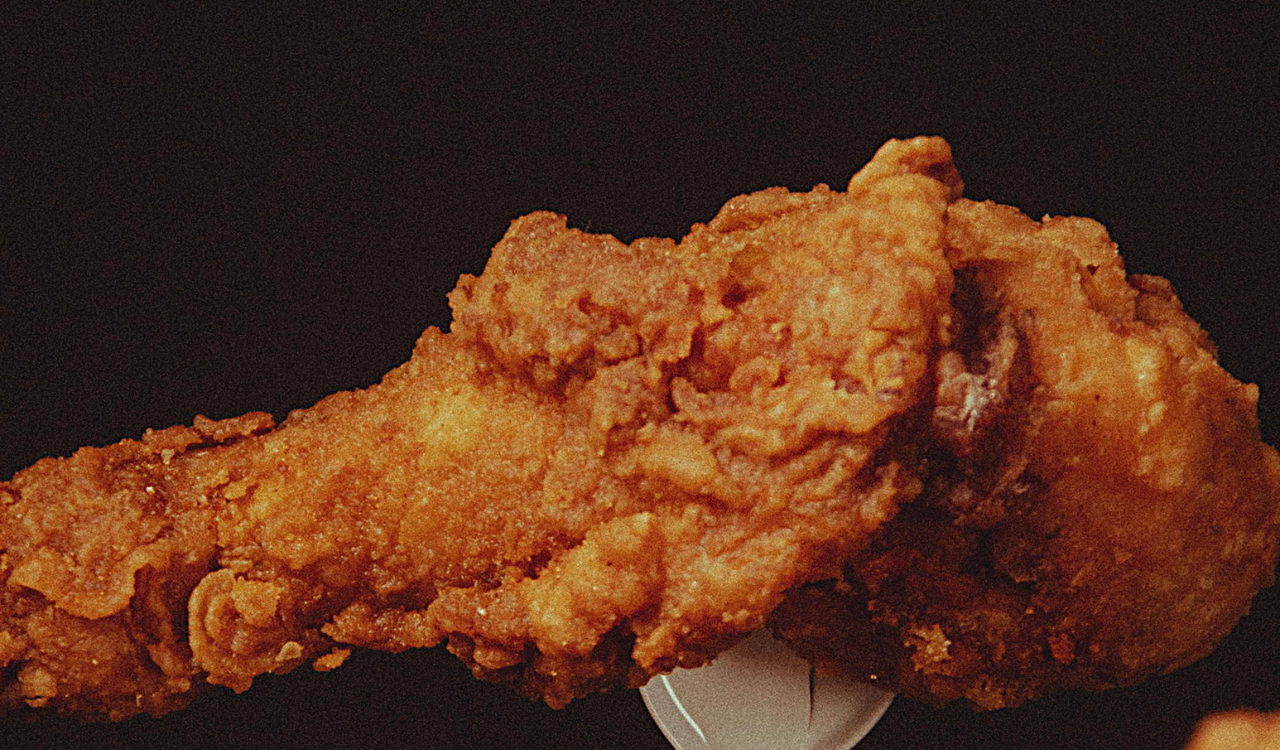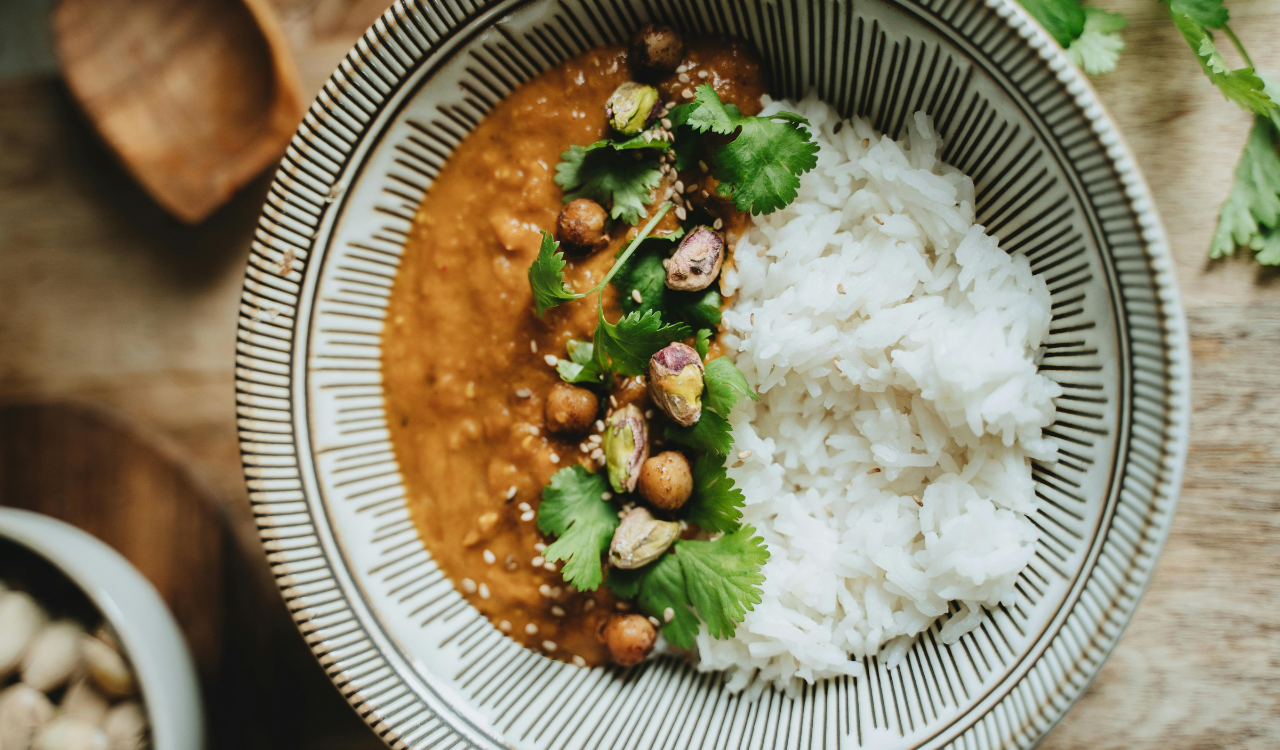A Simple Guide To The Cuts Of Fish And How To Cook Each One

When you buy fish, the way it’s cut makes as much difference as the species itself. Each cut offers its own texture, flavor, and best cooking method, from a whole fish roasted with herbs to a delicate fillet that cooks in minutes. Understanding the differences helps you choose the right cut for the meal you’re making, whether you want something elegant, hearty, or quick. Here’s a clear look at the most common cuts and how to bring out the best in each one.
1. Whole Fish

There’s something timeless about cooking a fish whole. You get the skin, bones, and all the natural juices working together to create rich flavor that’s hard to match with smaller cuts. Whole fish is ideal for roasting in the oven with herbs, grilling over open flames, or stuffing with citrus and aromatics before baking. The bones help retain moisture, keeping the flesh tender, while the skin crisps beautifully under heat. Popular choices for whole preparation include trout, snapper, and branzino, each bringing its own distinct character to the table.
2. Dressed or Pan-Dressed Fish

A dressed or pan-dressed fish takes the whole concept one step further by cleaning out the innards and trimming fins, making it easier to handle while still keeping the bones and skin intact. This cut is perfect for those who want the flavor benefits of cooking fish on the bone without the extra prep. You can roast it with simple seasonings, grill it directly on the grate, or even steam it for a lighter dish. Pan-dressed fish cooks evenly and remains moist, making it a smart choice for home cooks who value both convenience and taste.
3. Fillet

Fillets are what most people think of when they picture fish on a plate. They’re boneless, skin-on or skin-off, and incredibly versatile. Because of their thinner cut, they cook quickly and adapt to nearly every method: baking, grilling, pan-frying, broiling, sautéing, or poaching. White fish like cod and haddock offer mild flavor in fillet form, while salmon and tuna provide richer profiles. Fillets are also easy to portion, which makes them a favorite for weeknight dinners as well as restaurant plates.
4. Butterfly Fillet

The butterfly fillet is essentially two fillets left attached at the belly, spread open like wings. This cut is visually appealing and allows for creative stuffing with herbs, breadcrumbs, or vegetables before baking. It’s also great for pan-frying since the even thickness helps it cook uniformly. Because the cut retains more surface area, flavors from marinades and spices absorb quickly. Smaller fish such as trout or sardines are often sold in this style, giving diners a full experience of the fish without the hassle of bones.
5. Fish Steak

When a large fish is cut crosswise through the bone, you get a steak. This cut, common with salmon, swordfish, and tuna, has a firm structure that stands up to high-heat cooking. Grilling and broiling are especially popular, as the bone and thickness keep the steak moist while adding flavor. Pan-searing also works well, giving the outside a golden crust while the inside stays tender. Fish steaks provide hearty portions that feel satisfying, almost like a meat counterpart, while delivering the lighter nutrition of seafood.
6. Loin

The loin is the prime cut from larger fish like tuna or swordfish, running along the backbone. It’s thick, meaty, and free of bones, making it perfect for grilling or searing. Because it’s uniform in shape, it cooks evenly and is often served as elegant blocks or strips. Chefs love loins for sushi and sashimi because of their clean texture and presentation, but they’re just as delicious pan-seared with a simple seasoning. The loin’s density makes it a reliable choice when you want bold flavor with minimal fuss.
7. Portion Cuts

Portion cuts are simply pre-sliced sections of a fillet, trimmed into manageable servings. They’re the supermarket go-to for quick cooking because each piece is uniform in size, which means they cook at the same rate. This cut is handy for pan-frying, baking, or tossing into tacos, sandwiches, or fish fingers. They take away the guesswork of measuring, which is why they’re a favorite for busy home cooks. Portion cuts give you convenience without sacrificing the freshness or taste of the fish itself.
8. Cheeks

Fish cheeks are a hidden delicacy often overlooked by casual seafood eaters. Found just below the eyes, these small, round nuggets of flesh are tender, slightly sweet, and prized for their texture. They’re best cooked quickly by searing, grilling, or roasting to keep their delicate flavor intact. Larger species like halibut, cod, and grouper have cheeks big enough to serve as a dish on their own. Many chefs consider cheeks the most flavorful part of the fish, comparing them to scallops for their buttery bite.
9. Collars

Collars come from the area just behind the gills and below the head, and they’re especially rich in fat and flavor. This cut has become a favorite in Japanese cooking, where grilled yellowtail collar is a signature dish. The meat is tender and juicy, with crispy skin when roasted or broiled. Because collars sit close to the head, they soak up more natural oils, which translates to a richer taste. They might not look as refined as a fillet, but collars reward anyone willing to try them with some of the best bites a fish can offer.
10. Tail Cut

The tail may not be as meaty as other parts, but it delivers unique benefits. It’s leaner and cooks quickly, often crisping up when grilled or roasted. Some people love the texture contrast of the tail, with its thinner meat and slightly chewier consistency. When baked or roasted, the tail portion works well for dishes that call for smaller servings or when you want to showcase the whole fish. It’s also a smart cut for recipes where presentation matters, since the taper of the tail creates an attractive finish on the plate.





